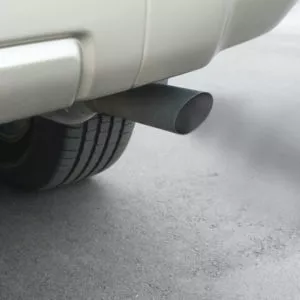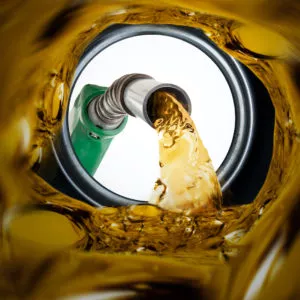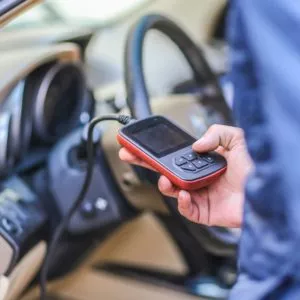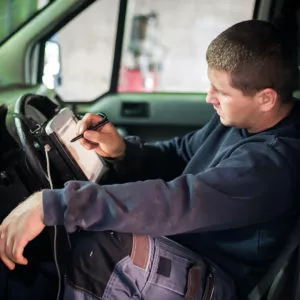What Does the P0456 Code Mean?
To begin with, the P0456 code doesn’t appear on all vehicle platforms, so, depending on the vehicle you drive, you may never see this code at all. Some late model GM vehicles don’t include this code in their list.
Diagnostic trouble code (DTC) P0456 stands for “Evaporative Emission System (EVAP) Small Leak Detected.” Your car’s computer will set this code when it determines that there’s a minor leak somewhere in the evaporative emissions control (EVAP) system.

Basically, the evaporative emission control system (EVAP) is a collection of components that work together to prevent fuel vapors from escaping into the atmosphere. This system must be free of leaks to comply with emissions regulations.
To check for leaks, your car’s primary computer, which is often referred to as the powertrain control module (PCM), will perform system self-tests when certain criteria are met.
During a typical “small leak” test, the PCM first opens the purge valve to create a vacuum in the system. The device then seals the EVAP system by closing both the purge valve and the vent valve. For that reason, a slightly leaking canister purge valve or vent valve (internal to the valve can be the source of the leak.
Finally, to check for leaks, the PCM monitors vacuum decay via a fuel tank pressure (FTP) sensor. If a small leak is detected, P0456 or another small leak code will be set.
Typically, the PCM will only set the code if it sees the system fail the self-test twice.
The above description is how most systems operate. Keep in mind, however, that some vehicles use a slightly different method for identifying leaks. For example, some applications may use a leak detection pump and switch.
Older Chrysler and Dodges and some Toyotas, for example, have a device called a “Leak Detection Pump” that is designed to check for EVAP leaks while the vehicle is parked and the engine isn’t running. Later model Chrysler/Dodge vehicles use what they call an “Evaporative System Integrity Monitor,” (ESIM) which is a special switch that takes advantage of the fact that in a sealed fuel tank, pressure rises and falls with changes in temperature.
Older Chrysler and Dodges and some Toyotas, for example, have a device called a “Leak Detection Pump” that is designed to check for EVAP leaks while the vehicle is parked and the engine isn’t running. Later model Chrysler/Dodge vehicles use what they call an “Evaporative System Integrity Monitor,” (ESIM) which is a special switch that takes advantage of the fact that in a sealed fuel tank, pressure rises and falls with changes in temperature.
–Richard McCuistian, ASE Certified Master Automobile Technician
The basic strategy used in late model Dodge/Chryslers equipped with the ESIM is that in a sealed system, pressure will naturally increase or decrease in relation to temperature. As temperature increases, so does pressure inside the system. Conversely, with a decrease in temperature, vacuum is created if there are no leaks. During cooling, the internal weights seal the evaporative system from the atmosphere and allow the switch to close. If the switch closes it indicates that the system is not leaking.
All vehicles purge stored fuel vapor from the charcoal canister by way of a purge solenoid that allows engine vacuum to draw outside air through the canister. The normally open “Vent Solenoid Valve” allows free passage of air unless it is energized. On Fords, the Vent Solenoid is only closed when the system is testing for an EVAP leak.

P0456 on Some Jeep Vehicles
Code P0456 may appear on some Jeep vehicles like the 2014 Jeep Grand Cherokee Laredo 3.6L V6.
In diagnosing the vehicle’s EVAP system, take note that the Emission System Integrity Monitor (ESIM) Switch alone is used for all leak check diagnostics. The FTP Sensor is not used for diagnosing the system for a leak.
It is also important to understand how extreme temperature changes can affect your results when diagnosing the system.
What are the Possible Causes of the P0456 Code?
There are several issues that could cause a P0456 code:
- Gas cap is damaged or not closed properly
- Defective purge volume control valve or canister vent control valve
- Faulty EVAP hose
- Leaking charcoal canister
- Damaged fuel tank
- Faulty leak detection pump
- Faulty FTP sensor
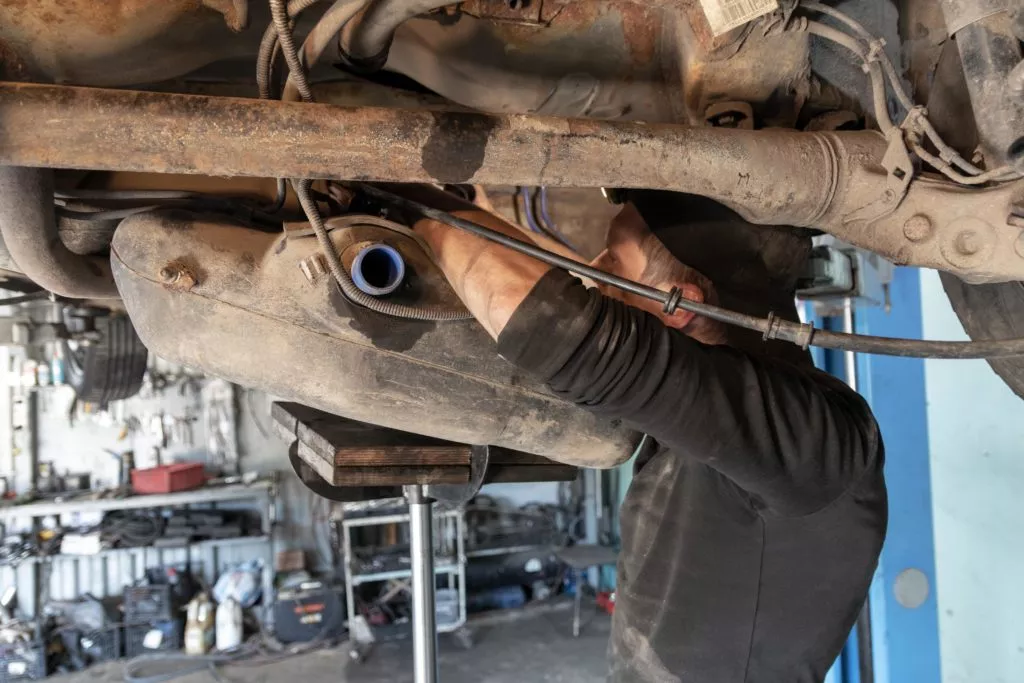
What are the Common Symptoms of the P0456 Code?
A vehicle will continue to run even with a P0456 code because EVAP system leaks are often barely noticeable. The only symptoms you may observe that could be associated with this trouble code are the following:
- Illuminated check engine light
- Slightly increased vehicle HC emissions from the leak point
The problem is that if you ignore a check engine light and just keep driving the car, other problems may pile up behind the first one until you wind up with a very large repair bill, so get the first problem fixed rather than ignoring the light.
How to Diagnose the P0456 Code
To diagnose a P0456 code, you need to first make sure that the gas cap is securely fastened. A loose or faulty gas cap can easily trigger the trouble code. If tightening the gas cap doesn’t work, you may want to try purchasing and installing a new cap.
Keep in mind: once you’ve tightened or replaced the gas cap, you’ll have to clear the code with a code reader or scan tool afterward. The code won’t immediately go away on its own.
To be honest, you might have to hire a professional to find a very small leak. Even with the help of a smoke machine and other equipment, small leaks can be extremely difficult to locate. You can use a bright flashlight and do a visual inspection for split hoses or cracked plastic parts. The canister itself can leak as well.
Professionals will use very expensive scan tools to run an Evaporative Monitor procedure to determine whether a leak is present, both before and after repairs. But again, finding a small leak can be extremely difficult.
If a fuel pump has been replaced (gas tank removal), a small leak may result because of the fuel pump seal being out of place or because of some damaged or disconnected components on the tank.
If the gas cap doesn’t solve the problem, you’ll need to dig further. There are numerous potential causes for OBD-II code P0456. As such, diagnosis can be difficult. For an idea of how to troubleshoot the code, check out the videos below:
How to Fix the P0456 Code
If you’re confident in your abilities, you might want to try solving the P0456 code yourself. Just keep in mind that an evaporative emission system leak can be very difficult to locate and solve. That being said, here are some things you can try:
Replace the Gas Cap
If there’s a problem with your gas cap, then try tightening it first and clearing the code. If the tightness is the only issue, then you should be able to run your vehicle fine without the code resurfacing. Any damage to the cap is usually visible to the naked eye, but if the code continues to crop up, try replacing the cap entirely before moving on to other fixes. Gas caps are pretty affordable, and it’ll be a quick fix if this is what’s setting code P0456.
Replace the Hoses
Cracked or disconnected EVAP hoses around the engine air box can also trigger code P0456. Replace these if you need to and it may help clear the code.
Purge Volume Control Valve Repair
The purge volume control valve might be sticky, leading to leaks in the emission system. You can try removing the hoses attached to it and blowing air through the openings while there’s no power. If the air refuses to blow through, that means they’re sealing fine and likely not the cause for the leak. Any air that does blow through might indicate a leak and the need to replace the valve or have it cleaned.
Check the Charcoal Canister Vent Control Valve
The charcoal canister vent control valve might also be sticky, which causes leaks in the system. Its internal solenoid might also fail, leading to malfunctions in its operation. Check for leaks in the valve and replace it as needed.
To check for leaks, remove the hoses attached to the valve and unplug it from the vehicle while the engine is off. Try to blow air through the openings with no power supplied. If it’s operating normally, the air will pass through. Attach a fused power source to one side of the electrical connector and then attach the other side to ground. Blow air through the openings again, and this time the air shouldn’t pass through. If the air doesn’t pass through, the leak isn’t in the charcoal canister vent control valve.
Run a Smoke Test
If you’re having a hard time finding the evaporative emission system leak, then you can also try running a smoke test. Buy a smoke tester or take your vehicle to a repair shop so they can run the test and help you find the source of the problem.
Remember that solutions for code P0456 on a Dodge might differ from Ford P0456 code fixes. While these fixes can work for many vehicles, they might not work for all, and taking your vehicle to the shop will always be the safest option.
Where to Get Replacement Parts for Your Vehicle
If you need to replace the gas cap or any other emission component that may be causing the P0456 code, then it’s best to get a replacement as soon as possible. Putting it off could result in more damage and a higher repair bill. Visit CarParts.com and find what you need.
We have a wide array of auto parts, all of which are OE-grade to ensure they perform like your stock part. This means you get the best deals for your money’s worth. Placing your order is also easy, as you can browse our website and place your order using your mobile device or computer.
Enter your ride’s year, make, and model into our vehicle selector to view compatible parts. Then, use our filters to find the replacement components that match your preferred brand, price, and specs. If you have any questions, our friendly customer service team is available 24/7 to help. Just dial our toll-free hotline.
Order what you need today to clear the trouble code in no time.
Shop this Project




Products Mentioned in this Guide
Any information provided on this Website is for informational purposes only and is not intended to replace consultation with a professional mechanic. The accuracy and timeliness of the information may change from the time of publication.





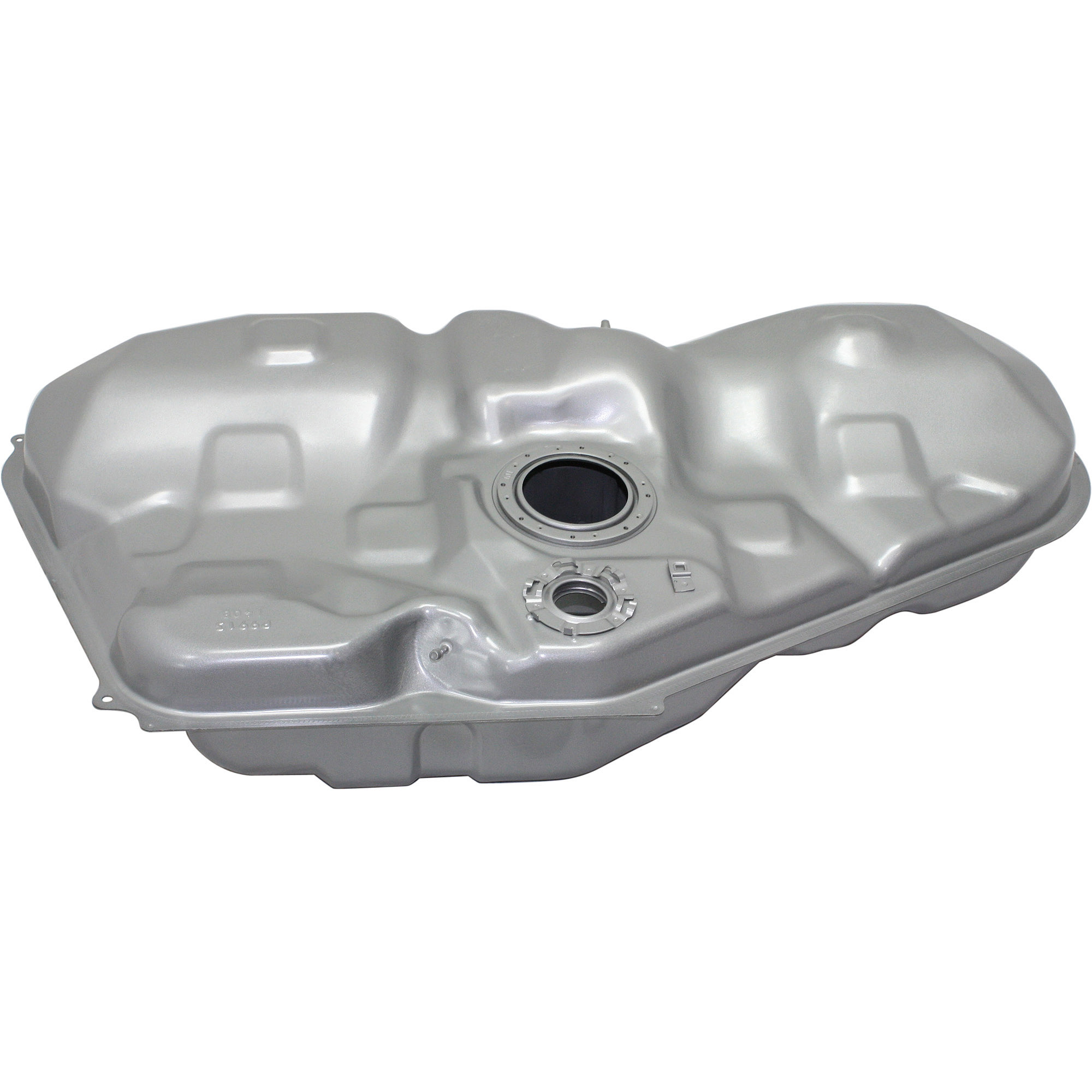
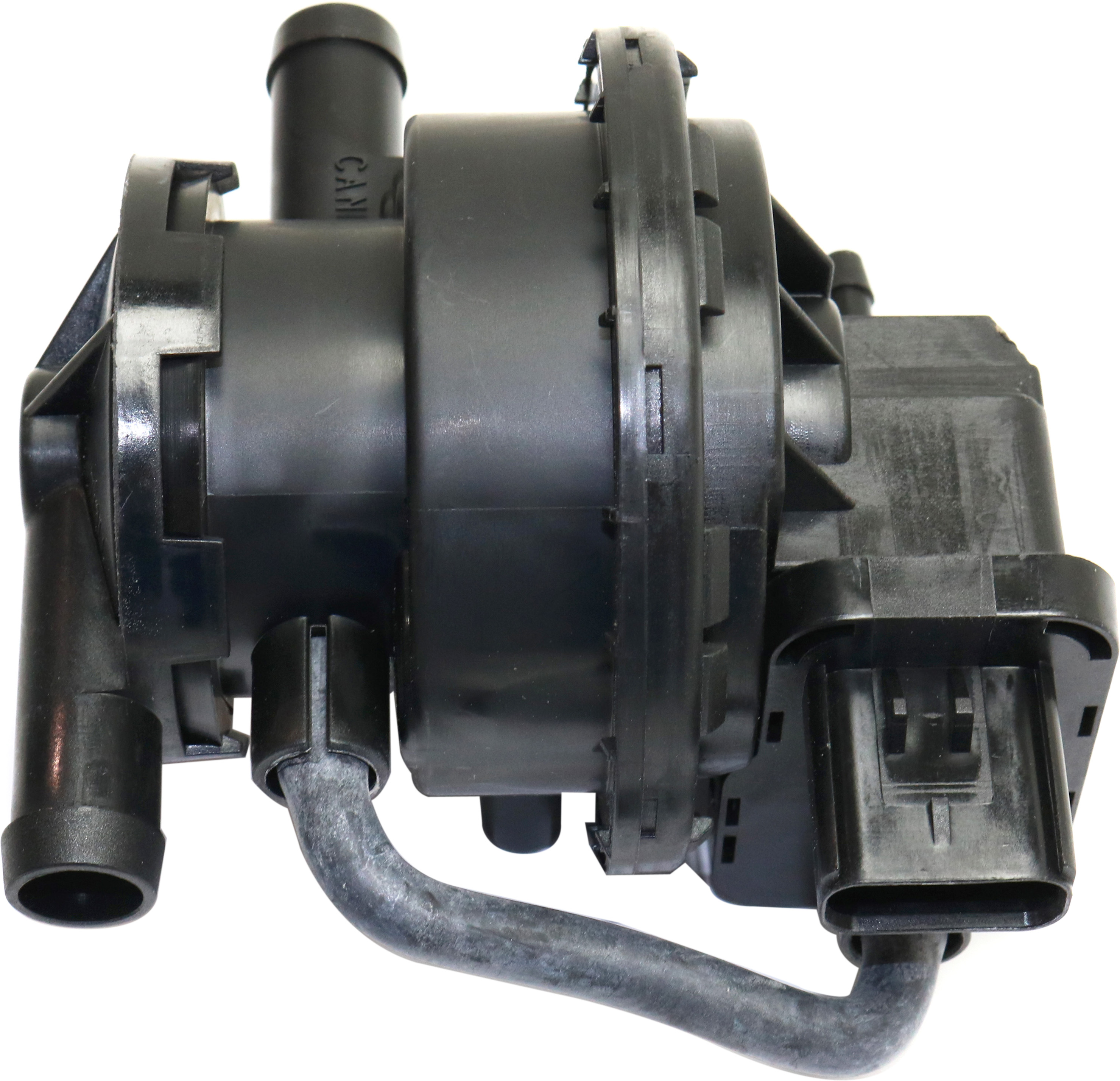
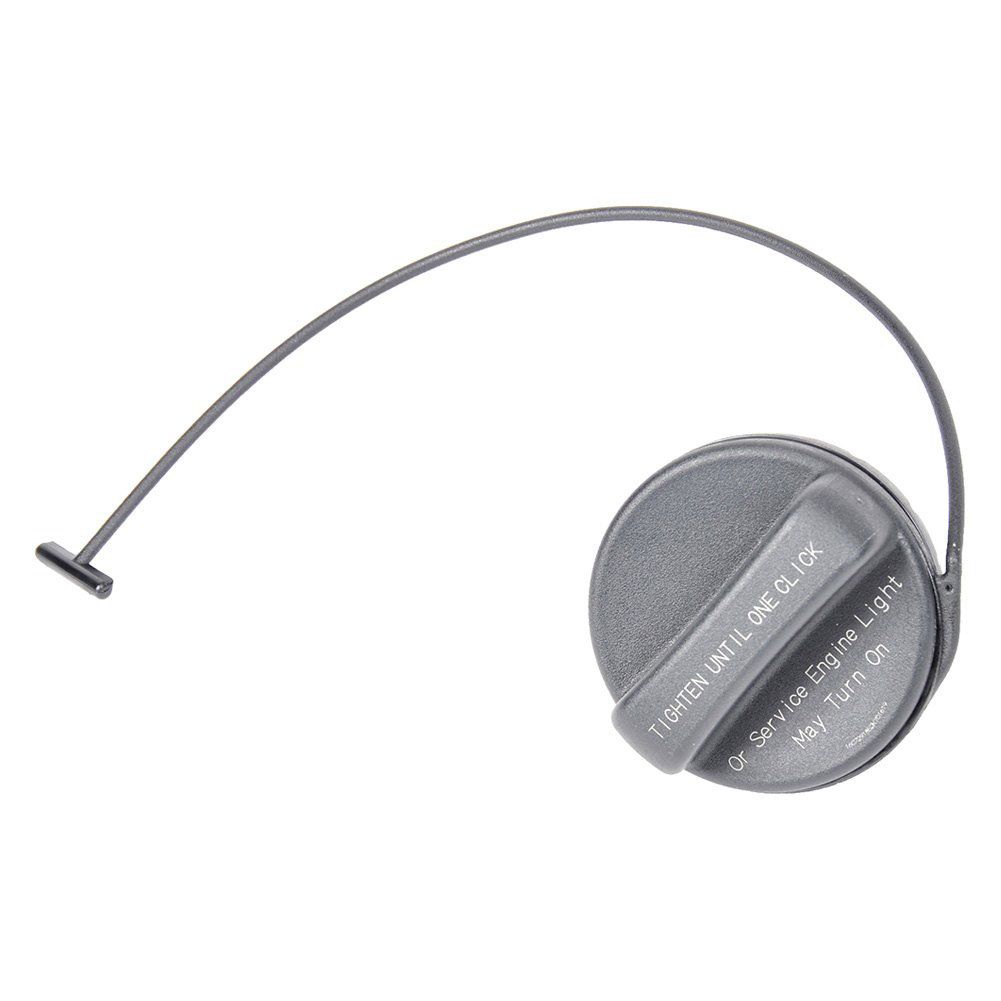
 Fuel Tank Pressure Sensor
Fuel Tank Pressure Sensor
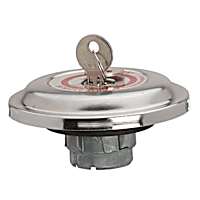 Gas Cap
Gas Cap
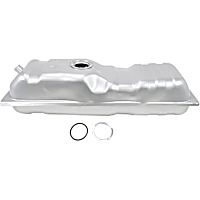 Fuel Tank
Fuel Tank
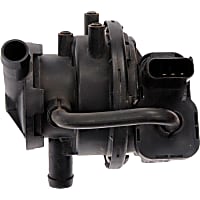 Evaporative Emissions System Leak Detection Pump
Evaporative Emissions System Leak Detection Pump
